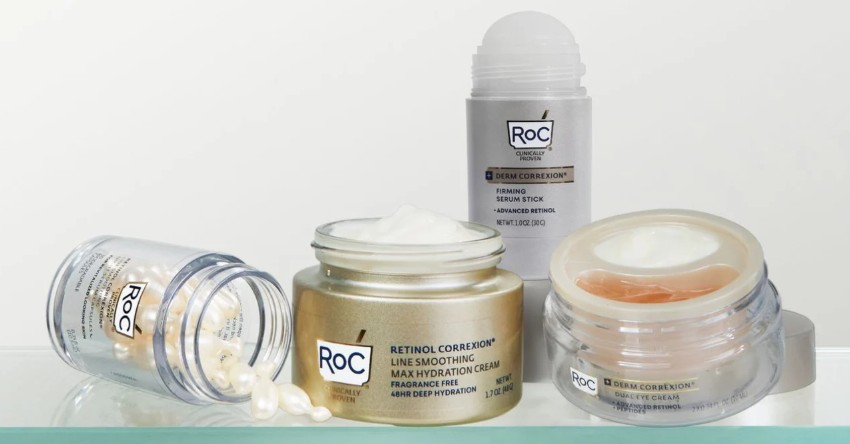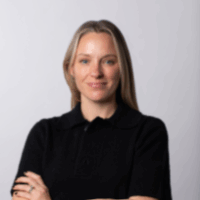To celebrate the Lunar Year of the Rooster, Absolut vodka launched last month its first Web site for a non-English speaking audience. Scripted entirely in simplified Chinese characters, the site is filled with brand information and recipes based on the vodka. A leader in the mainland China market, Absolut wants to make inroads among affluent Chinese in North America, expanding a growing market for cocktails and premium spirits.
“Absolut is known and respected around the world for inspiring creativity, and this campaign aims to expand upon this heritage with an entirely new group of people.” said Michael Persson, senior director-marketing, in a statement.
An Absolut bottle specially designed by Chinese calligrapher Tong Yang-Tse features the Chinese character (‘fu’) for “fortune, blessing and happiness.” When turned upside-down, the character symbolizes “welcome;” people traditionally put this sign on their front door for the New Year. In-store signage tilts to communicate both meanings.
“Welcome” is an apt message. By 2008, nearly 5% of the country’s population will claim Asian ancestry, according to the Simon S. Selig Jr. Center for Economic Growth at the University of Georgia, and Asian-American buying power will reach $526 billion.
According to the U.S. Census Bureau, there were 12.5 million Asian Americans in 2002, with median annual incomes almost $10,000 higher than those of all families in the country. The bureau released in late January a comprehensive report, We the People: Asians in the United States. Based on the March 2002 census, it reports that 51% of the Asians and Pacific Islanders in the United States lived in the West, 19% lived in the South, 12% in the Midwest, and 19% in the Northeast. Asian and Pacific Islander men were much more likely to have earned at least a bachelor’s degree.
The Lunar New Year, celebrated by many Asian groups, is a time of free spending. Asian-owned businesses hand out annual bonuses, often an extra month’s pay, or more.
“The consumer market really booms,” says Philip Chan, a sales manager for Mercedes Benz. “Everybody buys new clothes, gets a haircut before the New Year and they buy new furniture, a new car, so it’s really like the day after Thanksgiving.”
Some retailers get it. In California, for example, Albertsons supermarket circulars in February pictured whole chickens: “Head on, feet on, whole chicken’” for $1.79 a pound. The circular also ran specials on Chinese sauces and 4-inch pots of yellow cymbal chrysanthemums — all popular in the weeks surrounding the Chinese New Year.
Other brands show appreciation for their Asian American clientele, at least in (primarily urban) markets where there are large concentrations of Chinese, Vietnamese and other Asian ethnicities. Southwest Airlines sponsors the Chinese New Year Parade in San Francisco; the Hilton at LAX has had all of its rooms redecorated in the feng shui style to accommodate its Asian guests.
However, “There are significant cultural and language differences among Asian subgroups that are often overlooked. These include patterns of information gathering, use of promotional media, and methods of household decision making,” cautions Carol Kaufman-Scarborough, associate professor of marketing at Rutgers University School of Business.
 Network
Network

